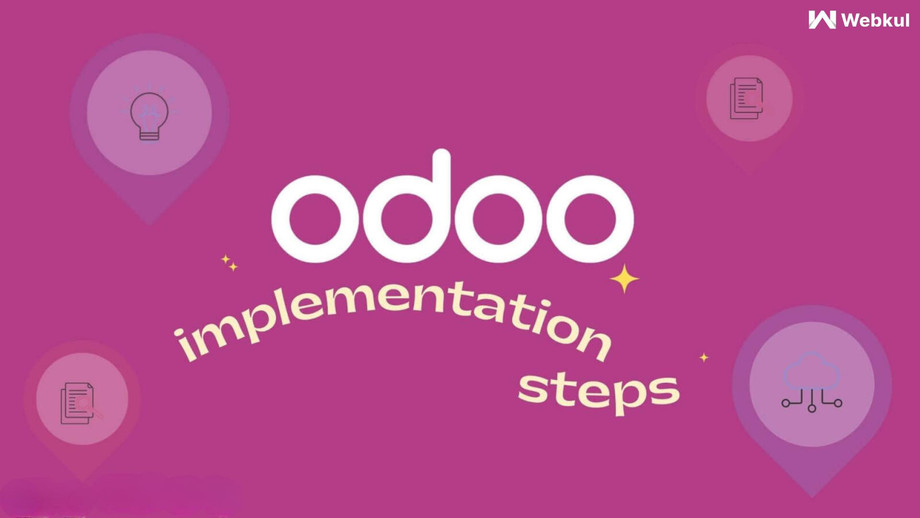9 Easy Steps for Odoo Implementation
Odoo implementation can bring a big change to your business, but implementing it successfully demands caution and proper planning.
Here are 10 easy steps that will help Odoo ERP implement successfully.
1. Analyze Your Requirements
-
The first step is to understand your business requirements.
-
Be sure of the type of problems you want to solve.
-
Consult your team and stakeholders.
-
Be clear on what modules (e.g. sales, purchasing, inventory, accounting) are needed.
2. Choose the Right Version and Hosting
-
Odoo ERP comes in two versions: Community Version (Free) and Enterprise Version (Paid).
-
The Community Version may be suitable for small businesses.
-
Choose the hosting option such as on-premises, cloud, or Odoo.sh.
-
This selection depends on your budget and scalability needs.
3. Build a Project Team
-
Implementing Odoo requires a dedicated team.
-
Include a project manager, IT experts, and business users in the team.
-
Make the responsibilities of each member clear.
-
Forming a team ensures that the right decisions are made at every stage.
4. Hire Odoo Developers or Partners
-
If you are not comfortable implementing ERP on your own, seek help from Odoo developers or official partners.
-
These experts will help you with customization, data migration, and training. A good partner can make your process faster and more effective.
5. Plan and Set Timelines
-
It is important to have a clear plan.
-
Decide when each step will take to complete.
-
The deadlines should be realistic.
-
Implement prioritized modules first.
-
Planning is essential for any major process.
6. Data Migration (Migrate Your Data)
-
Migrating old data into Odoo can be a complicated process.
-
Organize the data and migrate only useful information.
-
Clean the data and make sure it does not contain any errors.
-
This step ensures accuracy in your new system.
7. Customization and Configuration
-
Every business has different needs.
-
Make sure Odoo is customized for your business.
-
Customize the required modules and workflows.
-
Set users' roles and permissions.
8. Testing and Quality Assurance
-
Testing is a must before implementing Odoo.
-
Test all the modules.
-
Make sure the workflow is working properly.
-
If there is any problem, fix it before implementing it.
-
This step ensures the reliability of the ERP.
9. Train Your Users
-
Your team will need training to use Odoo properly.
-
Train employees on the use of their modules.
-
Resolve users' doubts during training.
-
Make sure all employees understand the system properly.
Conclusion
Odoo implementation is a complex but rewarding process. With the right planning, expert support, and phased implementation, you can make it a success.
Odoo implementation is a systematic process that makes your business more effective, organized, and automated with the right planning, expert support, and user training.
It is possible to make it successful. It not only saves time and cost but also increases the productivity and decision-making ability of the business.
Post Your Ad Here


Comments (1)
Dheeraj Maurya13
SEO Specialist
I am Dheeraj Maurya, a Digital Marketing Assistant in a Real Estate Company. Please Follow me on Apsense to get follow back. My Apsense Id is apsense.com/user/omaxemalldwarka
Odoo implementation is a complex but rewarding process. With the right planning, expert support, and phased implementation, you can make it a success.